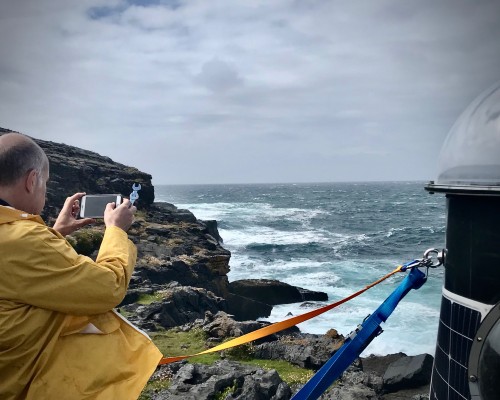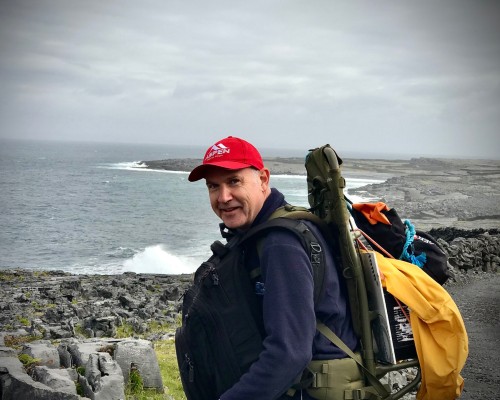 The European Research Council (ERC) has announced 90 new Proof of Concept Grants, concluding the final round of the 2022 competition. This brings the total number of grantees who received this innovation top-up funding, in two separate calls under the ERC work programme last year, up to 366.
The European Research Council (ERC) has announced 90 new Proof of Concept Grants, concluding the final round of the 2022 competition. This brings the total number of grantees who received this innovation top-up funding, in two separate calls under the ERC work programme last year, up to 366.
The grants – each worth €150,000 – help researchers to bridge the gap between the discoveries stemming from their frontier research and the practical application of the findings, including early phases of their commercialisation. The funding is part of the EU's research and innovation programme, Horizon Europe.
Mariya Gabriel, European Commissioner for Innovation, Research, Culture, Education and Youth, said: “The ERC Proof of Concept Grants aim to enable innovations, stemming from EU investments in frontier research, reach society and the market faster. We are supporting big ideas turn into true innovation and building a system whereby innovation develops into valuable products and services for citizens."
President of the European Research Council Professor Maria Leptin said: “These Proof of Concept grants are set to help ERC grantees take results from their curiosity-led research towards market. We need to keep investing in such research, it truly feeds commercial or social innovation. Europe needs more of it!”
 From UCD School of Mathematics and Statistics and ENS Paris-Saclay, Professor Frédéric Dias (left) was awarded an ERC Proof of Concept grant to develop novel maritime wireless technology, REALTIMESEA, arising from his ERC Advanced Grant (€2.5 million) HIGHWAVE project.
From UCD School of Mathematics and Statistics and ENS Paris-Saclay, Professor Frédéric Dias (left) was awarded an ERC Proof of Concept grant to develop novel maritime wireless technology, REALTIMESEA, arising from his ERC Advanced Grant (€2.5 million) HIGHWAVE project.
HIGHWAVE applies fluid dynamics to study the physical mechanisms underlying destructive breaking waves on the ocean’s surface and develop accurate wave models. Such models could help improve criteria for the design of ships and coastal and offshore infrastructures, help to quantify seabed erosion, and help to quantify air-sea CO2 transfer, which is key to predicting future climate.
Professor Dias and his team encountered a new problem in the course of carrying out their study in the oceanic environment. “We discovered a critical gap in all current approaches to ocean wave measurements and maritime communications. There is no existing technology that provides air and water information of any given sea state in real time. The lack of any technique providing instant access to a sea state makes it extremely difficult to adapt to a changing sea state and to act fast,” says Professor Dias.
With their new ERC grant, the team will fill this gap with REALTIMESEA, using wireless wave sensor technology deployed on a connected buoy to measure and instantaneously transmit raw data of the sea state (air and water) at a given location, at a very low communication cost. “Considering that our idea can be extended to a linked network of connected buoys, thus adding a spatial component to the real-time measurements, one can say that the ability to track sea states in real time and space will represent a revolution in wave forecasting, with expected commercial applications for multiple end users.”
Taking the real-time measurement of waves to Proof of Concept is made possible because of the recent development of maritime wireless networks, which enables Wi-Fi data coverage over large areas of water within a 12 km radius from a shore station. A 12-month campaign off Inis Meain will allow the optimisation of the measurement system, and the development of the required software and buoy/mobile station kit.
Professor Dias and his team plan to showcase their novel wireless technology with an attempt to break the current world record in ship-to-shore distance for a maritime broadband transmission this spring.”
Read more about the impact of HIGHWAVE on the local island community in Silicon Republic's feature 'Western Irish islands making waves on screen and in science.'